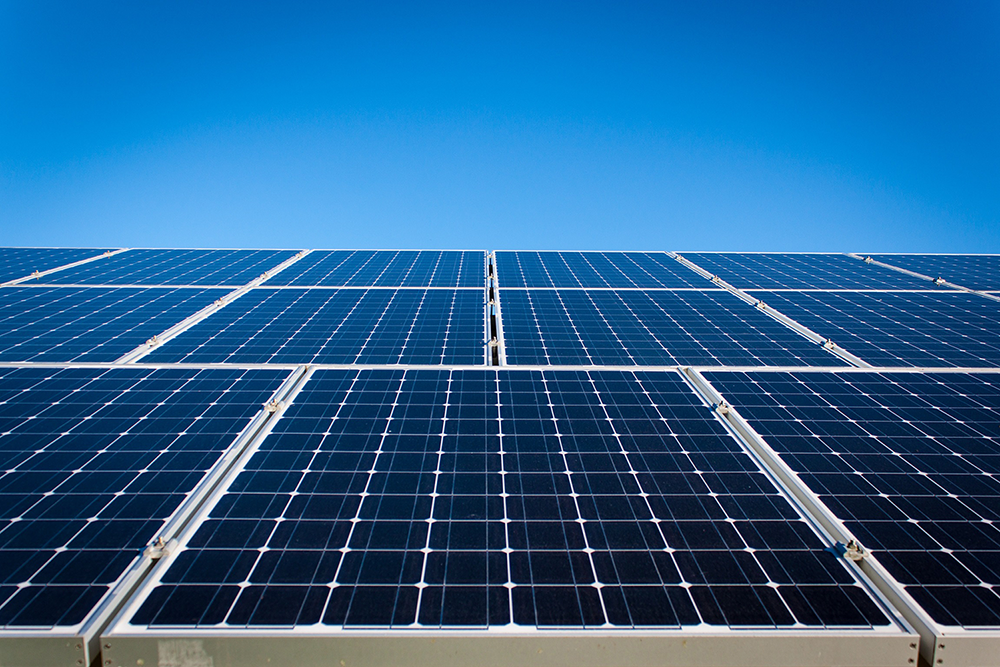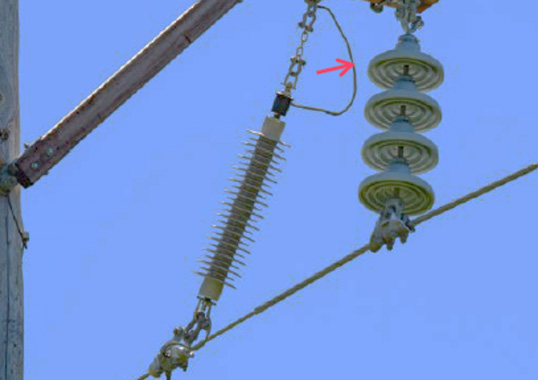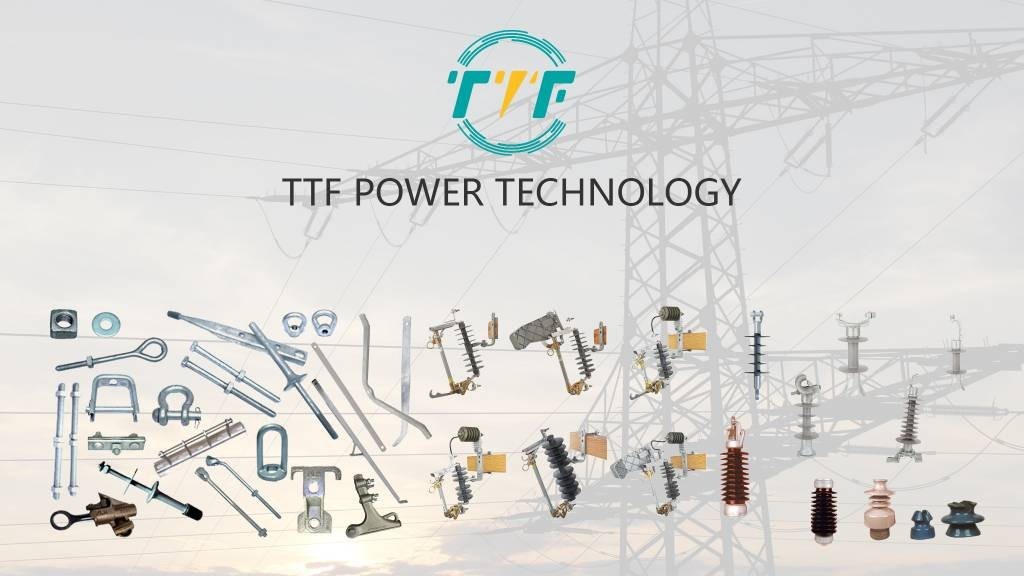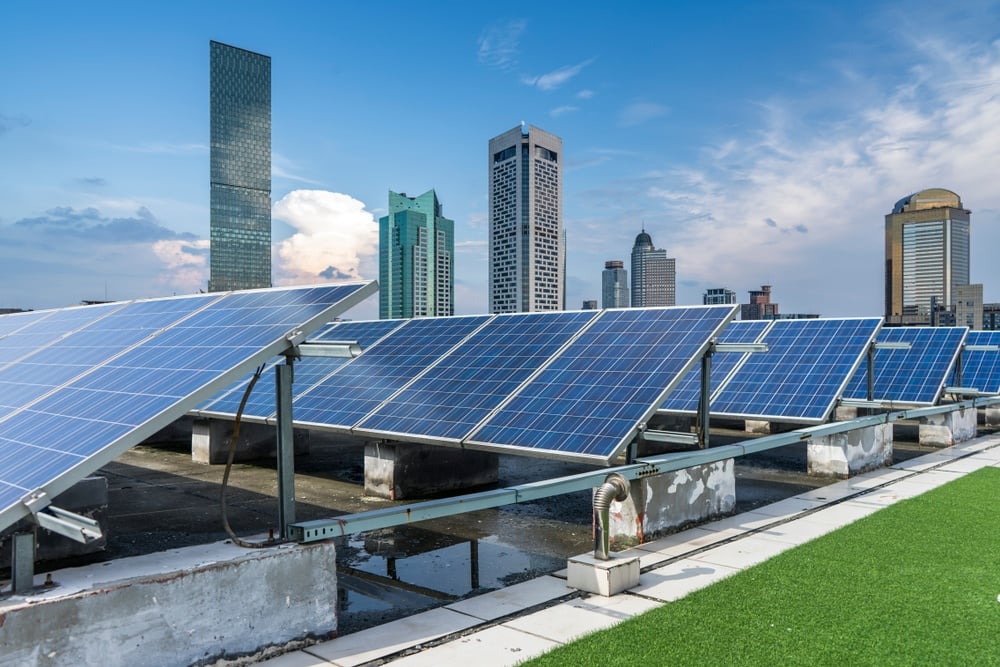
Distributed energy generation (DEG) utilizes South America’s rich natural resources to meet the increasing demands. DEG offers adaptable, robust, and customized solutions that cater to the specific requirements of South America. Distributed energy generation refers to a decentralized, small-scale system that produces electricity. The systems depend on renewable energy sources like solar, wind, biomass, and miniature hydropower. DEGs ease sustainable development, enhance energy access, and cut environmental effects. Countries can overcome the current obstacles to fully use the potential of DEG to energize their economies. Surge arresters safeguard electrical devices and systems from voltage spikes resulting from lightning strikes.
Surge arresters protect solar panels, inverters, and other DEG components from damage. They contribute to the reliable operation of DEG systems to ensure consistent energy delivery. The arresters enhance the safety of DEG systems by reducing the risk of electrical fires and equipment failures. Surge arresters are crucial for the protection and reliable operation of distributed energy generation systems.
Significance of surge arresters in distributed energy generation
Surge arresters are crucial for the protection of electrical equipment and systems in DEGs. They protect them from voltage surges caused by lightning strikes, switching operations, or other damages. The surge arresters maintain the safety, efficiency, and reliability of distributed energy generation systems. Surge arresters serve in rural electrification, energy systems, hybrid systems, and distributed energy networks.

- Protecting electrical equipment—surge arresters prevent damage to transformers, inverters, and other equipment.
- Enhancing system reliability—surge arresters ensure the continuous operation of DEGs. This enables reliable energy delivery for rural areas and remote regions.
- Protecting renewable energy systems—surge arresters protect solar panels and wind farms from lightning strikes.
- Maintenance costs—the arresters reduce downtime and maintenance expenses and improve the economic feasibility of DEGs. They reduce frequent equipment failures caused by damage, which leads to high repair costs.
- Grid integration—distributed energy systems feed into the grid without causing instability. Surge arresters ensure smooth integration by protecting grid infrastructure from surges.
- Ensuring system reliability—surge arresters contribute to the reliable operations of DEGs. They ensure energy delivery and maximize the lifespan of the systems.
Opportunities for distributed energy production in South America
Distributed energy production offers possibilities for South America’s energy industry by utilizing its natural resources. DEGs tackle energy access challenges, promote economic development, and aid in environmental sustainability. Its implementation promotes innovation, makes use of the plentiful resources, and tackles the current obstacles. With this approach, South America can establish itself as a worldwide leader in decentralized, renewable energy solutions for a more sustainable energy future. The opportunities for DEG in South America are as follows.

- Countries such as Chile and Peru are perfect for solar microgrids and rooftop solar systems due to their renewable energy resources. Other areas such as Patagonia and the Andes offer chances for wind power, hydroelectric energy, and biomass.
- Enhancing energy accessibility—DEGs offer off-grid alternatives and supply cost-effective, dependable electricity to neglected areas. For example, Colombia’s solar microgrid projects enhance energy accessibility for indigenous populations in the Guajira area.
- Resilient energy systems—DEG lessen dependence on centralized infrastructure to mitigate the effects of grid failures.
- Economic growth—the initiatives boost local communities by generating employment in installation, operation, and maintenance. They also allow SMEs to get dependable energy, enhancing productivity and lowering operational expenses.
- Technological advancements—creation of DEGs results in technologies like energy storage systems, intelligent grids, along with digital platforms and artificial intelligence.
Major obstacles to the advancement of distributed energy generation in South America
The growth and expansion of distributed energy generation systems encounter various challenges that must be tackled to unlock their complete potential. At TTf Power, we are a one-stop-shop for utility pole hardware fittings, transmission line accessories and power line construction equipment. We provide our customers with the most extensive range of products in the industry, excellent value and knowledgeable service. Products include construction and switching products, tools, insulators, arresters, pole line hardware, and cable accessories. The upcoming challenges are key obstacles to the development of DEGs in South America.

- Obstacles in policy—regulations for grid integration, tariffs, and net metering differ significantly between countries, which obstructs the deployment of DEG.
- Financial obstacles—the DEG systems need initial expenses for installing components like solar panels or wind turbines.
- The region faces infrastructure issues—most nations do not have contemporary grid systems to incorporate decentralized energy solutions.
- Technical and operational hurdles—solar and wind DEG systems rely on meteorological conditions, resulting in fluctuating energy production. It also requires skills in installation, maintenance, and operation.
- Restricted regional cooperation—minimal cross-border collaboration and varying policies among the nations.